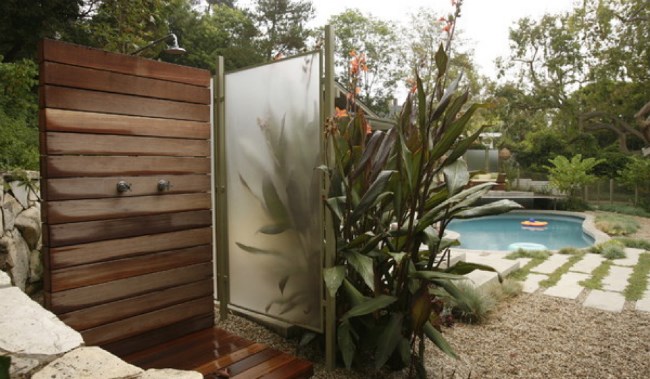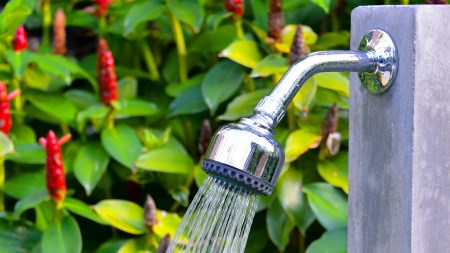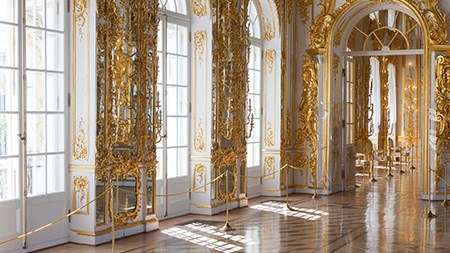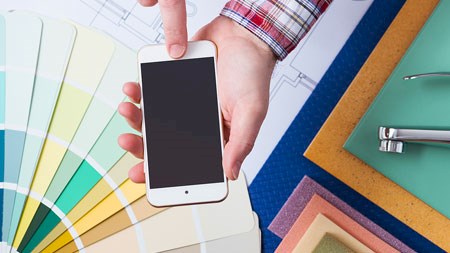Before you go ahead and splash out on an outdoor shower, you need to have a plan in place. Tap in to our top tips for a successful outdoor shower installation.
Affordable luxury on tap, an outdoor shower can add value to almost any home. Like most things though, a little planning goes a long way. Here are some tips to smooth the process.
Location
The best situated outdoor showers are in areas that are convenient and easily accessible. They should also be in areas that get a lot of sun – not just for warmth but also to dry the floor and to inhibit the growth of mould and mildew. Talking floors, you’ll also need an area with a firm level surface (or a surface that can be made firm and level) and one that offers drainage options. Ideally situate your outdoor shower near existing plumbing so you don’t have the extra cost of installing new plumbing.
Privacy is also a consideration – will you be rinsing down in your costume after a swim, or will you need to install walls, a door and perhaps roofing of some sort?
Because your shower is situated outdoors, it’s advisable to be guided by the surrounding landscape and architecture when building the shower. How much of an enclosure you want really depends on how much you want to bare and how much of a “permanent” structure you are after. Choose materials that are able to withstand weather and blend in to some extent. Concrete, stone, metal, stainless steel, glass, corrugated iron and tiles are all good choices. You could also choose something as simple as a hedge, slatted lattice or wooden doors and walls. Faux woods are worth considering too – they look just like the real thing but are far more durable and need no maintenance. Do to allow for air circulation in your enclosure and do choose materials that will not become slippery when wet.

Image via Mark Tessier Landscape Architecture
An outdoor shower can be plumbed with a garden hose or with fixed pipes and first prize is of course to be able to connect it up to existing plumbing. If all you need is cold water plumbing the easiest answer would be to run a hose from an outdoor faucet to the shower fixture. To get a hot water supply, a plumber will need to install a hot water faucet alongside a cold water faucet in the shower. Alternatively, you could get your hot water supplied by a solar powered shower.
For inland locations you should install shut-off and drain valves that enable the water to be turned off during the winter months as this will prevent the water in the pipes from freezing and damaging the plumbing and fittings.
Outdoor showers don’t generally need complex drainage systems, but where soaps and shampoos are being used, the drainage should be connected to the home’s main drainage outlet and grey water system.
Luxuries
Do plan in the necessities that will turn the space from functional to luxurious. Think hooks, rails and similar for towels and clothes, shelves, ledges or caddies for soaps and shower products, lighting fixtures if necessary, a mirror for extra light and grooming convenience, and perhaps a bench and dry area for changing and storage.





